An Enterprise Resource Planning or ERP system helps businesses work better. It connects different company parts, like finance, sales, and inventory. This connection makes it easier for everyone to access important information quickly. However, like any system, ERP system has advantages and disadvantages. In this article, we will look into it, along with its examples and how to implement it.
What Is Erp? Understanding an ERP System.
First, let’s explain what it means. ERP stands for Enterprise Resource Planning. It is software that helps businesses organize their daily tasks. An ERP functions include managing tasks such as accounting, payroll, and inventory in one place. This makes it easier for companies to share data and work together.
There are many advantages and disadvantages of ERP system. Let’s start with the benefits.
Advantages of ERP Systems
1. Better Access to Information
One major benefit is that this system gives everyone in the company access to real-time information. This means users can see the latest data whenever they need it. For example, if a sales team wants to know how much inventory is left, they can find it out instantly. This access helps users make better decisions quickly.
2. Improved Customer Service
Another factor that drastically stands out is that it can improve customer service. By having all the information in one place, businesses can answer customer questions faster. For example, if a customer asks about their order, users can quickly check its status. This quick response makes customers satisfied and reflects the company’s quality of service.
3. Custom Reporting
Moreover, these systems allow businesses to create custom reports. These reports help managers analyze performance. For example, a manager can see sales trends or inventory levels. With this information, they can make smart decisions. The advantages of real-time information are clear here, as businesses can take quick decissions.
4. Better Teamwork
Another benefit is improved teamwork. This system eliminates the silos of departments. Everyone can see the same data, which helps different teams work together. For example, the finance team can easily check sales data to make budget decisions.
5. Flexibility and Growth
These systems are flexible, allowing businesses to grow. Companies can start with one module and add more as needed. For instance, a company might begin with finance and later add payroll or inventory management. This flexibility makes it suitable for all business sizes.
Even with these advantages, there are also challenges. Here are some disadvantages of ERP systems
Disadvantages of ERP Systems
1. High Setup Costs
One big problem with ERP systems is the high cost of setting them up. It takes a lot of time and money to get them working. Businesses need to buy software and hardware and train their users. For small businesses, these costs can be a big challenge.
2. Complex Customization
While these systems can be customized, this can lead to problems. Customizing a system takes time and can result in bugs and errors. If not done correctly, it can disrupt daily operations. Therefore, careful planning is essential for successful customization.
3. Change Resistance
Implementing an ERP system can change how people work. Some might not like these changes, especially if they’re used to doing things the old way. If not handled well, this resistance can slow things down. Companies should train users well and support them to adopt the new system.
ERP System Examples
Many businesses have successfully implemented ERPS in their organizations. Some common ERP system examples include SAP, Oracle, and Microsoft Dynamics. These systems help companies manage many functions, such as supply chain management and customer relations. For instance, large companies like Coca-Cola and Nestlé use these systems to coordinate operations across different locations.
The ERP Implementation Approach
Companies need a clear plan to make successful implementation. This plan should include steps like finding the right system, teaching users how to use it, and testing it carefully before it starts. Businesses must know what they need and choose a system that helps them reach their goals.
Training is very important during ERP system implementation. users should feel confident using the new system so it works well. Businesses should also set realistic deadlines and give enough time and money to avoid delays.
Conclusion
Finally, it’s important to weigh the advantages and disadvantages of ERP system. They can give you real-time data, improve teamwork, and help your business grow. But they can also be expensive, hard to set up, and might face resistance. By understanding what ERP systems do and looking at examples, businesses can decide if they’re a good fit for them.

